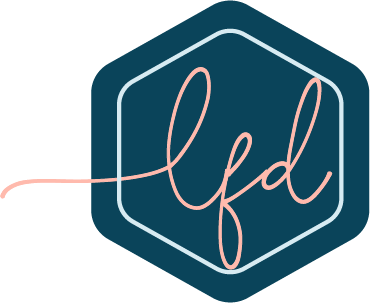It is time to finish up our Coding Mindset series with the third coding category, written code. When someone mentions coding, written code is probably what comes to mind. Written code is happening in the background of the other coding categories previously discussed. If you have missed the other posts which provide an introduction to coding mindset, directional, and block coding, you can get caught up HERE.
There are a variety of coding types from Html5 to JavaScript to Python. Coding is what makes it possible to create the websites and apps we use daily as well as computer software. Many educators find written code the hardest to integrate into their classroom with thoughts such as “I’m not a programmer, how can I teach my students to code?” Luckily, there are tons of resources from websites to equipment which help make this not only possible but easy for you to include in your course!
Two of my favorite websites to help get students started with written code are Khan Academy and Code.org. We even earned money to help supply our class Makerspace through Khan’s Hour of Code incentives during Computer Science week which happens yearly in December. Code.org not only provides resources to for your students but also stats and resources to help promote computer science nationwide. Go check out one of the Hour of Code activities and you can be a coder today!
What about some awesome equipment you could add to your classroom? The right equipment might be even easier for you to strategically add written code to your course while addressing skills. I’ve mentioned previously Sphero’s ability to utilize directional, block, and written code, but I wanted to give you a written code task card you could use HERE. What are some other favorites? I’m so glad you asked!
Have you heard of the Raspberry Pi? It is known as the credit card size computer, but it is SO much more! You can create a wide variety of creations from a media players to robots to Google voice command (like Alexa). When students are using aRasperry Pi as a computer they need a newer model monitor or tv. I couldn’t afford a new monitor for each Raspberry Pi, so students switched between projects which didn’t require monitors and taking over the class tv. The only problem with this is the television was set up to be another option in the makerspace.
No fear! This has since been solved with the PiTop! Not only does this solve the issue of needing a monitor, but it also provides an easily hackable channel, a Modular Rail for add-ons while hacking and creating. PiTop also jazzes up the computer experience and adds other resources. One is CEED universe which is a gamified experience to learn to code. This game actually used both digital and physical challenges for students to complete.
Okay, what ideas do you have? How could you integrate into written code in your classroom? I would LOVE to hear your ideas. If you are on Twitter, make sure to @lisaspencilbox and #codingmindset.







